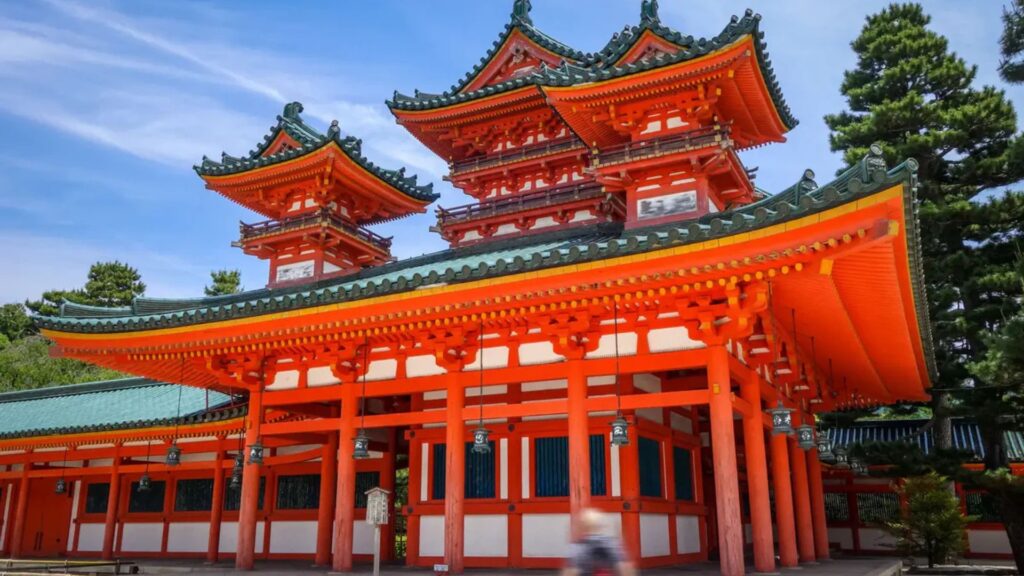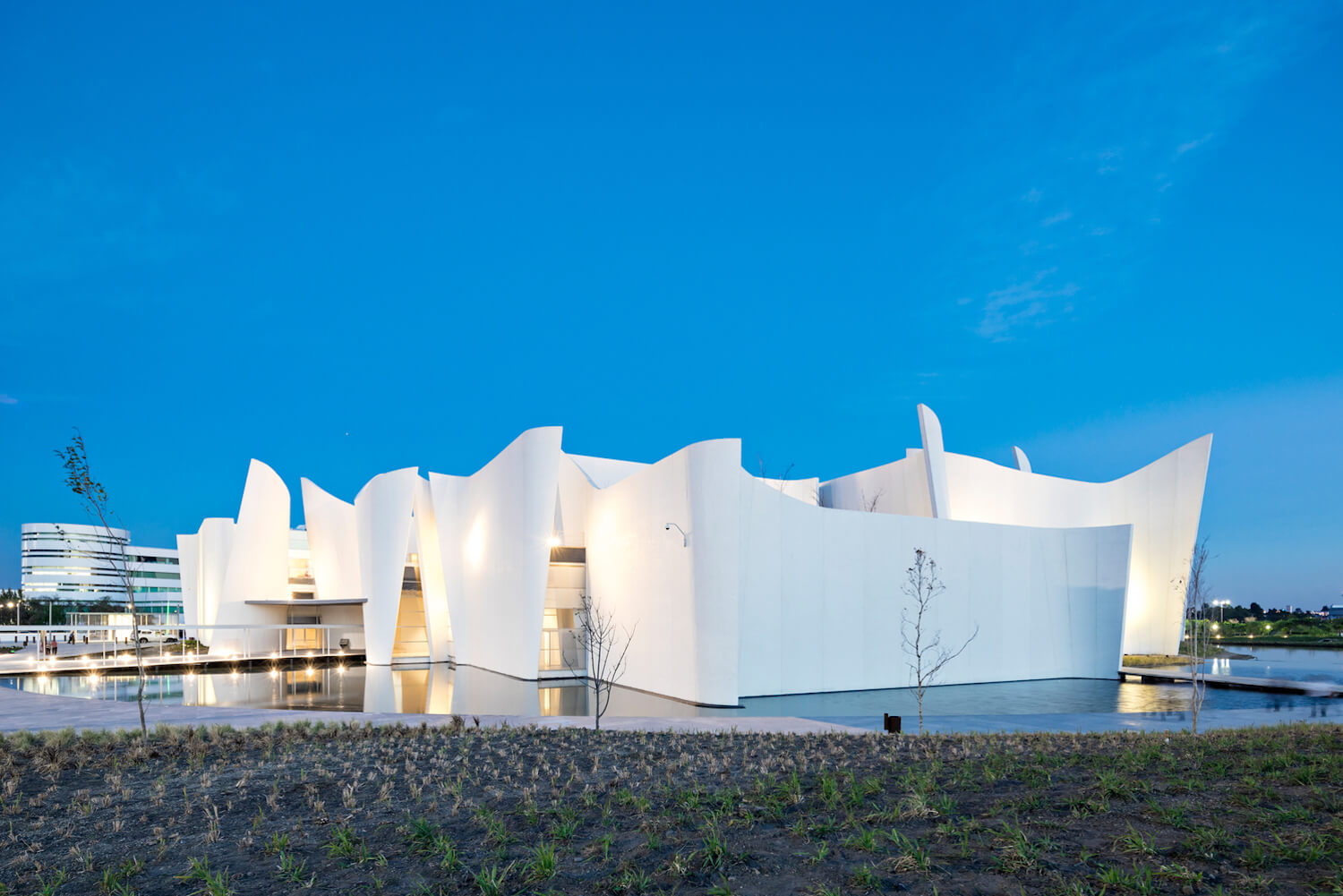Buddhism has had a profound influence on Japanese culture, shaping not only its spiritual practices but also its architectural landscape. Since its introduction to Japan in the 6th century, Buddhism has inspired a unique approach to design and construction that reflects the religion’s values of simplicity, tranquility, and harmony with nature. From the serene temples in Kyoto to the towering pagodas in Nara, Buddhist principles are evident in the very fabric of Japanese architecture. In this article, we will explore how Buddhism has influenced Japanese architecture and how it continues to shape the country’s buildings and public spaces.

The Arrival of Buddhism in Japan
Buddhism was introduced to Japan through China and Korea during the 6th century, during the Asuka period. It was initially met with resistance, as the native Shinto religion was deeply ingrained in Japanese culture. However, over time, Buddhism began to gain acceptance, especially among the aristocracy and the ruling classes. With the spread of Buddhism came the establishment of Buddhist temples and monasteries, which introduced new architectural styles to Japan.
The earliest Buddhist structures were inspired by the architectural styles of China and Korea, with large wooden buildings, pagodas, and statues of Buddha becoming central features of these sacred spaces. The construction of these buildings was not just about creating beautiful structures, but about creating spaces conducive to meditation, contemplation, and spiritual practice. Thus, Buddhism influenced not only the form and structure of buildings but also their function.
The Design Principles of Buddhist Architecture
Buddhist architecture in Japan is characterized by simplicity, balance, and harmony. These principles are rooted in Buddhist teachings, which emphasize the impermanence of life and the importance of inner peace. One of the most important features of Buddhist architecture is the use of natural materials such as wood, stone, and paper.
Another key element of Buddhist architecture is the focus on symmetry and balance. Many Buddhist temples and shrines are designed around a central space, such as the main hall (hondo), where rituals and ceremonies take place. This space is often surrounded by smaller buildings, courtyards, and gardens, all arranged in a way that creates a sense of harmony and tranquility. The design of these spaces encourages visitors to slow down, reflect, and meditate, fostering a deeper connection to both the environment and their inner selves.
Pagodas: Symbolic and Structural Features
One of the most iconic features of Buddhist architecture in Japan is the pagoda. The design of a pagoda is also practical, as its tiered structure allows for the building to withstand earthquakes—an important consideration in Japan’s seismically active environment. The central pillar, called the “shinbashira,” is a key structural element that helps the pagoda maintain its stability. The aesthetic appeal of the pagoda, with its sweeping rooflines and intricate detailing, also draws visitors and pilgrims who seek to connect with the sacred space.
Zen Gardens and Architecture
The influence of Buddhism on Japanese architecture extends beyond buildings to landscapes and gardens. Zen Buddhism, in particular, has had a significant impact on the design of Japanese gardens, which are often an integral part of Buddhist temples and monasteries.
These gardens are typically minimalist in design, featuring carefully arranged rocks, gravel, and moss. The idea is to create a space that encourages the viewer to reflect on the transient nature of life and the interconnectedness of all things. The design of Zen gardens reflects the Buddhist belief in simplicity and the importance of quiet, inner contemplation.
Conclusion
Buddhism has played a crucial role in shaping Japanese architecture, from the design of temples and pagodas to the creation of Zen gardens and modern buildings. The principles of Buddhism—simplicity, balance, harmony, and a deep connection to nature—are woven into the very fabric of Japan’s architectural landscape. Whether in a serene temple, a quiet garden, or a minimalist modern home, the influence of Buddhism continues to inspire architects and designers in Japan today.











